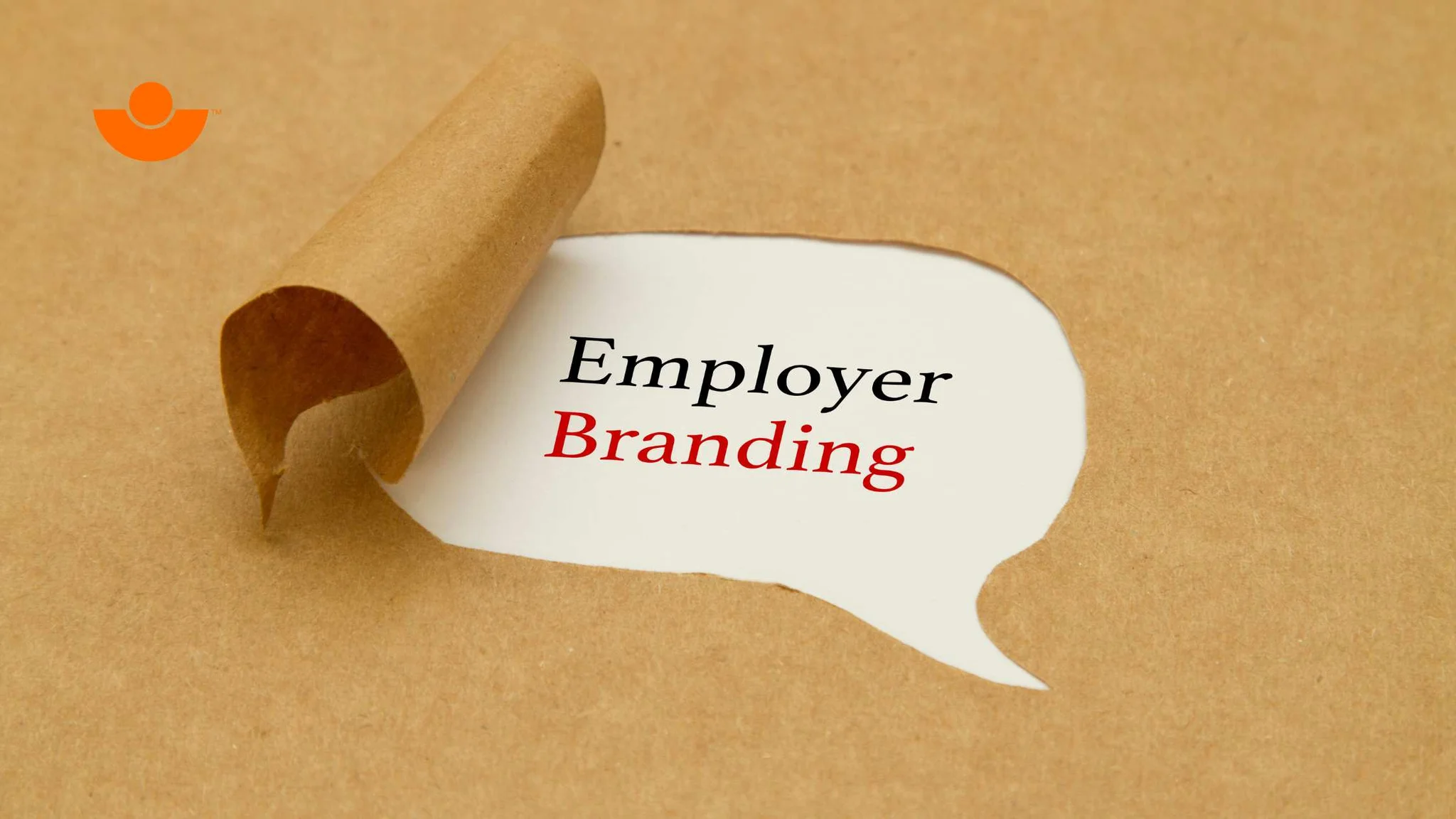Employer Branding: Crafting an Irresistible Organisational Identity
13 Nov, 20256 mins
Today, organisations face unprecedented challenges in attracting and retaining top talent. More than ever, jobseekers are prioritising the reputation, values, and culture of the organisations they consider. At the heart of this, lies employer branding - an essential part of any talent acquisition strategy and a key differentiator in how your organisation is perceived by both current and potential employees.
This blog explores the foundational elements of employer branding, its importance, best practices, strategic investment areas, and examples of creative employer branding in action.
What is Employer Branding?
Employer branding is the practice of defining and promoting your organisation’s unique identity, culture, and values to attract potential employees and retain current ones. It reflects how your organisation is viewed by the workforce and the public.
At its core, employer branding is about aligning the internal identity of a company- how it sees itself and its culture - with the external perception - how the world perceives it as a place to work.
Key components:
- Company culture: The values, mission, and ethics that define your organisation.
- Employee value proposition (EVP): The benefits, opportunities, and experiences employees gain by working for you.
- Brand consistency: Ensuring the messages about your culture and EVP are consistently communicated across platforms.
By curating these components into a cohesive narrative, you create a strong employer brand that resonates with candidates and employees alike.
The Importance of Employer Branding
In today’s talent-driven market, employer branding is no longer optional, it is a strategic imperative. Here are several key reasons why:
1. Attracting Top Talent
A strong employer brand helps attract high-calibre candidates who align with your organisation’s values and culture. According to research, 75% of job seekers consider an employer’s brand before applying for a job. The more compelling your brand, the more likely you are to attract the right talent.
2. Reducing Hiring Costs
Organisations with strong employer brands report significantly lower costs per hire. Positive branding reduces the need for extensive advertising and recruitment efforts. Employees who identify with your brand are also more likely to refer qualified candidates.
3. Improving Employee Retention
An organisation with a well-defined employer brand fosters loyalty among current employees. When employees feel connected to your company’s values and purpose, they are less likely to leave, thus reducing turnover costs.
4. Enhancing Organisational Reputation
Employer branding extends beyond recruitment. A company known for treating its employees well naturally gains a stronger reputation among consumers and industry peers, potentially leading to business growth.
Best Practices in Employer Branding
To create and sustain a compelling employer brand, consider the following:
1. Employee-Centric Storytelling
Highlight the stories of real employees, emphasizing their experiences and successes within your organisation. Authentic narratives resonate more than generic corporate messaging.
2. Engage Employees as Brand Ambassadors
Empower your current workforce to be active promoters of your brand. Leverage platforms like LinkedIn and social media to showcase employees' experiences. Their voices carry weight and credibility.
3. Consistency Across All Touchpoints
Ensure your employer brand message is consistent across every platform—career pages, job descriptions, social media, and even during interviews. Misalignment between what is advertised and the reality within the company can damage your brand’s credibility.
4. Focus on the Employee Experience
Employee experience is the foundation of a good employer brand. From onboarding to development opportunities and work-life balance, the more invested you are in creating a positive employee journey, the stronger your employer brand becomes.
Strategic Investment Areas in Employer Branding
Investing in the right areas can amplify your employer branding efforts. Here are the key areas to focus your resources:
1. Employee Development and Learning
Offering training, mentorship, and career growth opportunities not only boosts employee satisfaction but also reinforces your commitment to developing your workforce. This becomes a key selling point for potential recruits.
2. Technology and Digital Platforms
Invest in platforms that enhance your company’s online presence. This includes a well-designed careers page, social media engagement, and employee advocacy platforms. A seamless and engaging digital experience is crucial in today’s recruitment landscape.
3. Corporate Social Responsibility (CSR) Initiatives
Demonstrating your commitment to societal and environmental causes appeals to socially conscious talent. Brands with active CSR initiatives tend to have stronger employer brands, as candidates increasingly look for employers who align with their values.
4. Diversity and Inclusion Programs
An inclusive workforce attracts a diverse talent pool. By investing in diversity, equity, and inclusion (DEI) initiatives, you signal that your company values diverse perspectives, making you more attractive to a broader range of candidates.
Real-Life Examples of Creative Employer Branding
1. HubSpot
HubSpot is celebrated for its employee-first culture, with a focus on flexibility and personal development. They embrace a remote-first philosophy, offering employees the autonomy to choose where and how they work. This emphasis on work-life balance has become a cornerstone of their employer brand, drawing candidates who value flexibility.
2. Airbnb
Airbnb’s employer branding centres around their mission to “create a world where anyone can belong anywhere.” Their commitment to diversity and inclusion, coupled with a purpose-driven culture, is woven into every aspect of their recruitment process. Employees feel connected to this mission, fostering a strong sense of loyalty.
3. Spotify
Spotify’s employer branding stands out due to its focus on employee well-being and work-life balance. Their "Flexible Public Holidays" policy allows employees to take time off for holidays that are meaningful to them, reflecting the company’s deep respect for cultural diversity.
4. Salesforce
Salesforce is known for its Ohana culture, which treats employees like family. Their investment in philanthropy, leadership development, and community engagement solidifies their employer brand as one centered on purpose and impact.
Employer branding is a powerful tool in today’s competitive hiring landscape. By strategically shaping how your Organisation is perceived, both internally and externally, you not only attract top talent but also foster long-term employee loyalty and enhance your overall business reputation. The examples and best practices outlined in this blog serve as a guide for organisations looking to elevate their employer brand and make a lasting impact in the marketplace.
If you’re seeking expert guidance, MCS Group can provide tailored employer brand consultancy to help strengthen your position in the market and attract the talent you need, get in touch today. Your employer brand is more than a recruitment tool - it’s the story of your company. Make sure it’s one worth telling!



